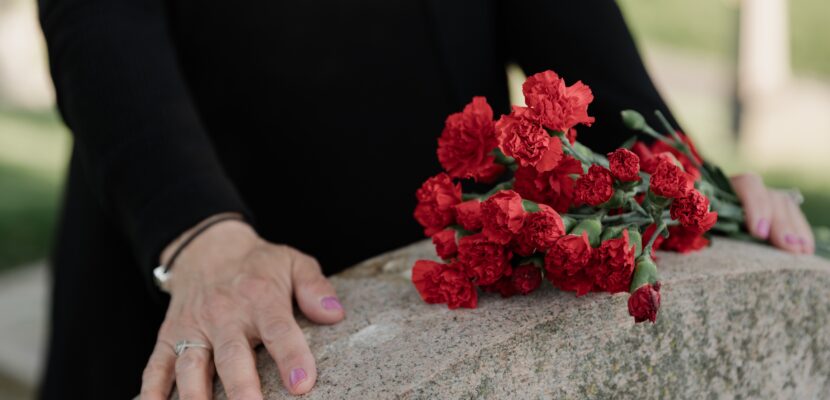When it comes to honoring and remembering the departed, different cultures and countries have unique ways of expressing their sentiments through headstones or their equivalents. In this blog post, we will take a journey across three different countries to explore how they recognize the deceased and create lasting memorials.
Japan: Serene Simplicity in Gravestone Design
In Japan, the art of memorialization focuses on simplicity, elegance, and harmony with nature. Traditional Japanese gravestones, known as “ohaka,” are often made from stone or granite and feature clean lines and minimalist designs. They may include inscriptions of the deceased’s name, date of birth, and passing, along with brief expressions of remembrance. The serene beauty of Japanese graveyards, often nestled within peaceful natural landscapes, provides a tranquil space for reflection and honoring loved ones.
Mexico: Celebrating Life with Vibrant Remembrance
In Mexico, the Day of the Dead, or “Día de los Muertos,” is a joyous celebration of deceased loved ones. Grave markers, known as “ofrendas,” take the form of colorful and elaborate altars adorned with photographs, flowers, candles, and personal mementos. These vibrant displays symbolize the belief that death is a natural part of life and provide a festive atmosphere for families to gather, share stories, and remember those who have passed away. The ofrendas serve as a connection between the living and the deceased, honoring their memory with love and celebration.
Egypt: Eternal Remembrance in Monumental Pyramids
The ancient Egyptians were renowned for their monumental structures, including the iconic pyramids. These colossal structures were not only tombs but also powerful symbols of eternity and the afterlife. The pyramids served as the final resting places for pharaohs and were built to withstand the test of time. Inscriptions on the walls contained prayers, religious texts, and elaborate depictions of the deceased’s journey to the afterlife. The grandeur and magnitude of the pyramids exemplify the Egyptian belief in the continuation of life beyond death and the importance of honoring ancestors.
Conclusion
These examples showcase the diverse ways in which different countries recognize and honor the deceased through headstones or their equivalents. Whether it’s the simplicity and harmony of Japanese gravestones, the vibrant celebrations of life during Mexico’s Day of the Dead, or the awe-inspiring grandeur of Egyptian pyramids, each culture’s approach reflects their unique beliefs, traditions, and values.
As we explore these international memorials, let us appreciate the rich tapestry of customs and practices that connect us to our loved ones, even beyond borders. Remembering and honoring the departed is a universal human experience, and through these diverse traditions, we find solace, remembrance, and the eternal bonds that transcend time.


Leave a Comment